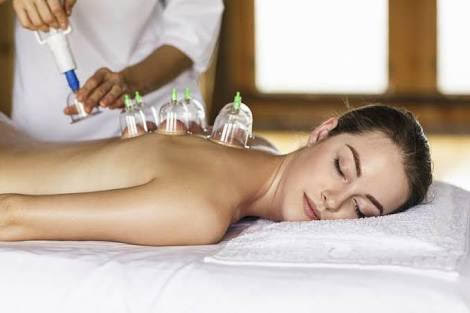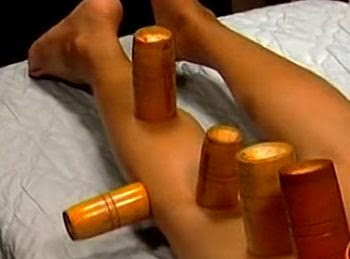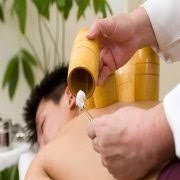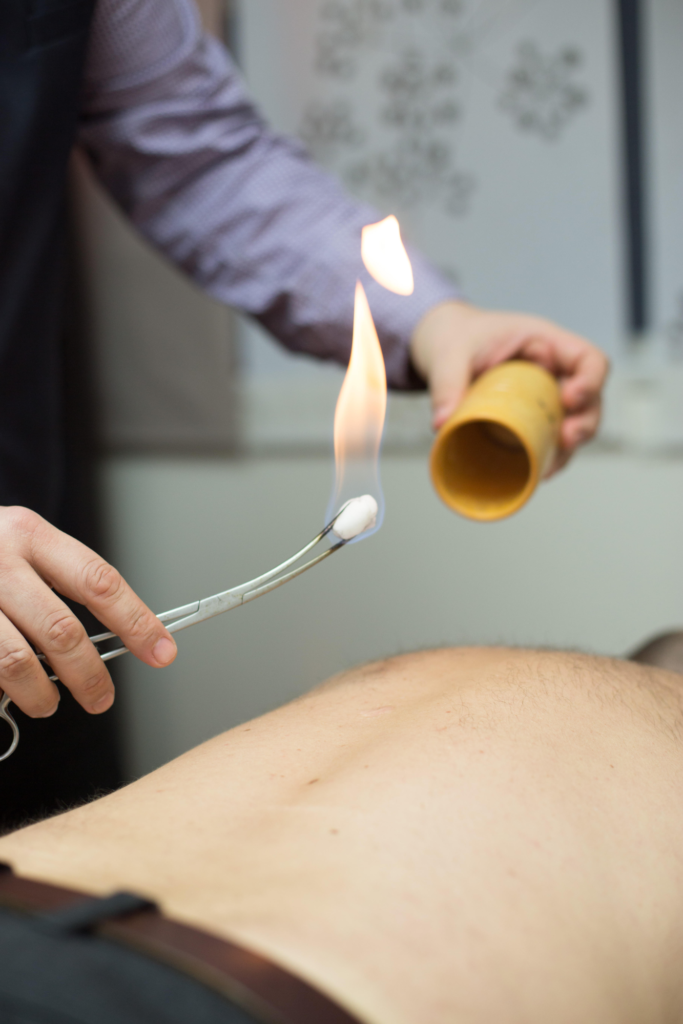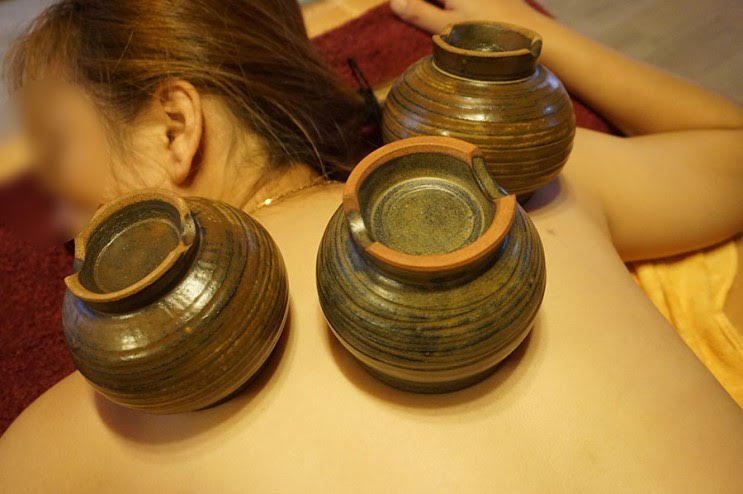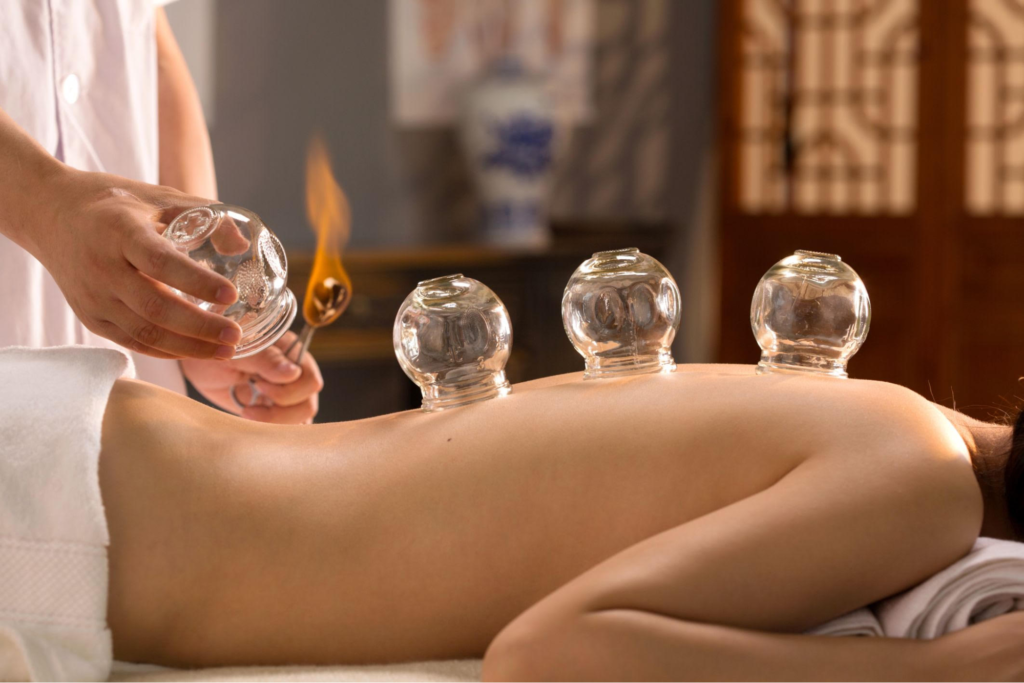Cupping therapy is a type of negative pressure massage where suction is applied to the surface of the body. With modern technology, we have developed a few different ways to produce suction. Historically, suction was created by placing the cup over fire, or a heat source to draw the air out of the cup, and create a vacuum inside the cup. The cup was then placed on the body. This vacuum would create suction, and the tissue would be drawn into the cup. More recently, there have been more simplistic and equally as effective methods to produce suction.
What does cupping therapy do?
TCM teaches that it is the stagnation of qi and blood that causes pain and disease. Cupping invigorates local circulation of qi and blood in the area being treated, resolving swelling, pain, and tension. By drawing impurities to the surface, it also removes toxins. From a Western physiology perspective, cupping loosens connective tissue or fascia and stimulates blood flow to the surface, stimulating tissue relaxation and better cell-to-cell communication. Overall, techniques like cupping, acupuncture, and massage relax tissue and reduce markers of inflammation. Inflammatory cytokines (chemical messengers) are reduced, and cytokines that promote healing and relaxation are increased.
What is cupping in a massage?
A therapeutic cupping treatment involves warming and placing cups, usually made of glass, on the skin. By warming the air within the cup, a vacuum is created, and when it is applied to the skin, the tissue is drawn up into the cup. This increases the blood flow, loosens the fascia or connective tissue, and is thought to stimulate healing. It is similar to the way deep tissue massage can be used to break up scar tissue and reduce pain. The cups are often placed on the back, neck, and shoulders or the site of pain. Cupping may cause temporary bruising and soreness, depending upon the degree of suction created by the vacuum and the level of internal stagnation. According to TCM, this would be a favorable outcome, suggesting the treatment has successfully removed toxins and stagnation. The cups are removed by lifting one edge, which allows air in and breaks the seal and vacuum.
What conditions does cupping treat?
Cupping is traditionally used to treat lung disorders like
- cough
- bronchial congestion
- asthma
It is also traditionally used for
- paralysis
- digestive complaints
- pain


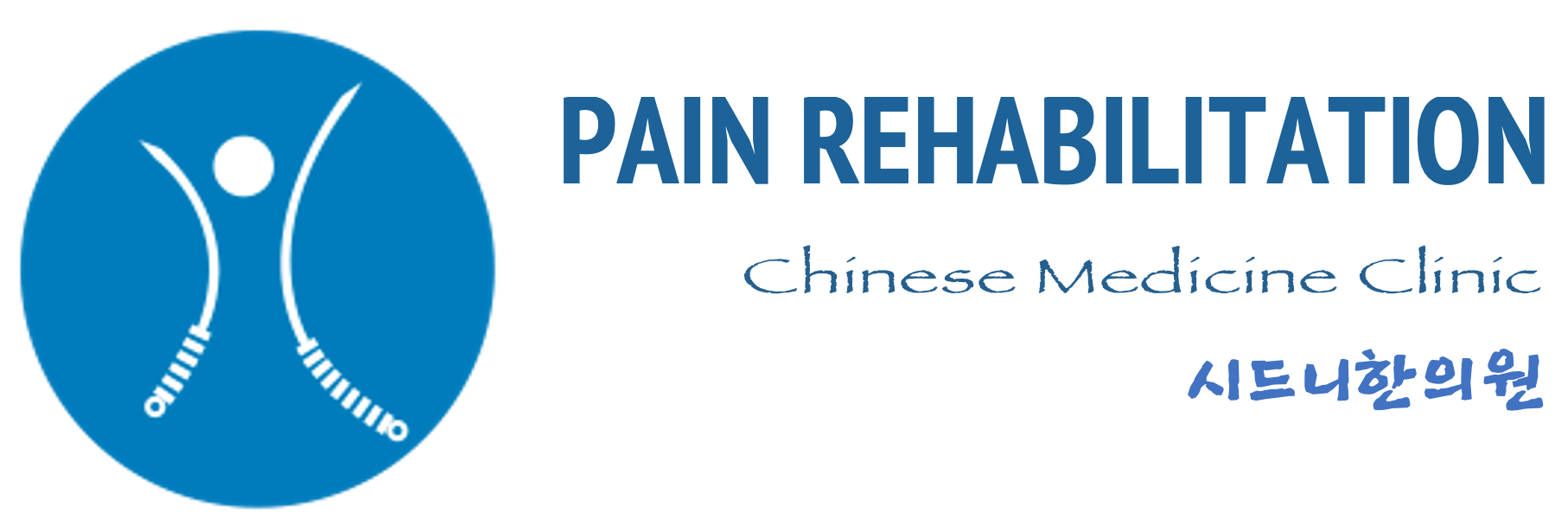
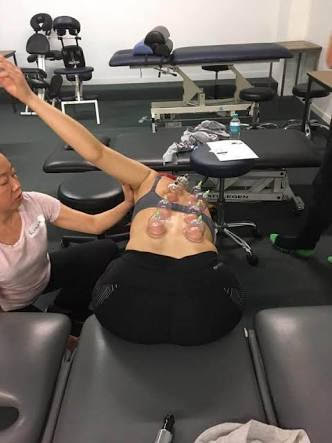 Cupping uses suction to create a vacuum effect in a plastic or glass cup, which when placed on the skin gently lifts the underlying tissues, and it aims to restore function and flexibility to the soft tissue. Functional release cupping incorporates cupping therapy and is highly individualised to a patient’s own movement deficits and not only improves range of motion, but also reduces the risk of injury both locally and along kinetic chains.
Cupping uses suction to create a vacuum effect in a plastic or glass cup, which when placed on the skin gently lifts the underlying tissues, and it aims to restore function and flexibility to the soft tissue. Functional release cupping incorporates cupping therapy and is highly individualised to a patient’s own movement deficits and not only improves range of motion, but also reduces the risk of injury both locally and along kinetic chains.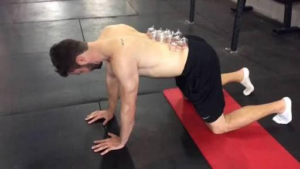
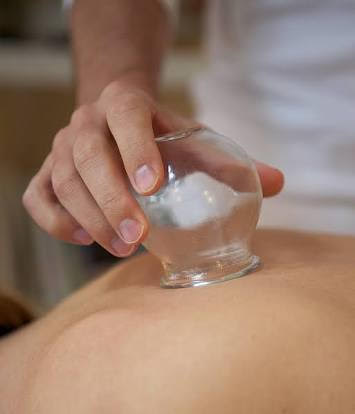 To make a better seal and to allow movement of the cups around in a massage technique, a lubricant may be used. When doing sliding cupping, less tension is used in the cups.
To make a better seal and to allow movement of the cups around in a massage technique, a lubricant may be used. When doing sliding cupping, less tension is used in the cups.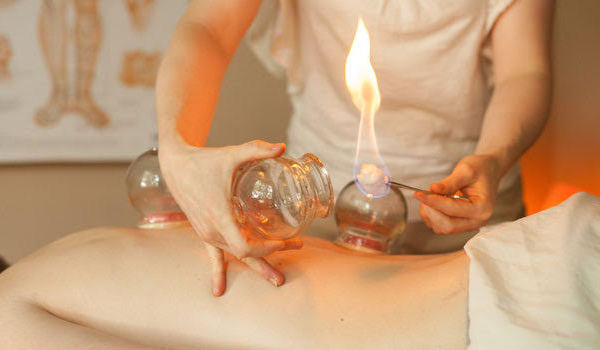 In this method, a small alcohol soaked piece of paper is thrown into the jar and the jar applied to the skin. This method is used while the patient is sitting up to avoid burning the skin.
In this method, a small alcohol soaked piece of paper is thrown into the jar and the jar applied to the skin. This method is used while the patient is sitting up to avoid burning the skin.